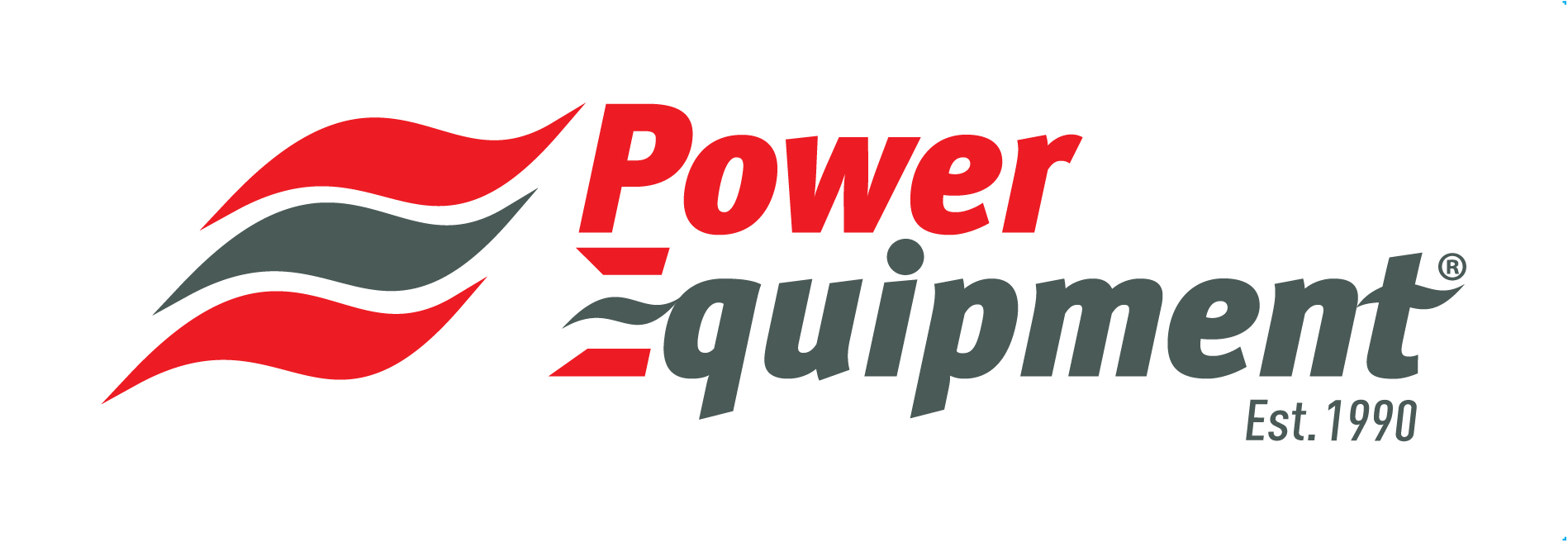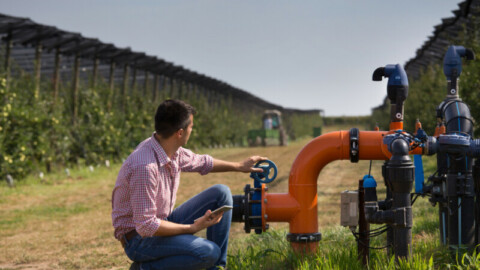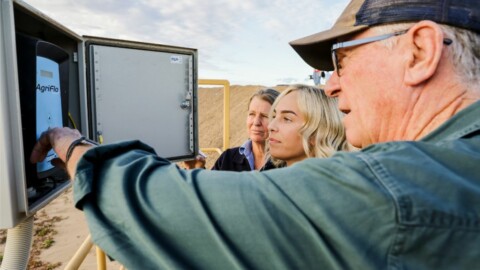By Steve Schofield, Director and Chief Executive of the British Pump Manufacturers’ Association (BPMA)
In 2006 the European Commission organised various studies on ways to improve energy efficiency in a number of sectors identified as large users of electricity. The outcome of Lot 11, which specifically looked at motor-driven systems, resulted in new EU legislation in regard to electric motors, glandless circulators and certain water pumps. In this article, Steve Schofield helps explain the legislation and its implications to those who specify and install such equipment.
The new legislation covers several categories, so we’ll address the situation in relation to motors, next glandless stand-alone and boiler-integrated circulators, and then water pumps.
Motors
The EU has now established implementing energy-efficiency measures for standard motors. Regulations apply to the following motor types/categories:
• Rated voltage up to 1,000V
• Single-speed, three-phase, 50Hz
• 2, 4 and 6-pole
• Rated output from 0.75 to 375kW
• S1 duty.
Regulations do not apply to motors designed to operate:
• In potentially explosive atmospheres as defined in Atex Directive 94/9/EC;
• As brake motors;
• In ambient air temperatures outside the range (-15°C – +40°C);
• In altitudes exceeding 1,000m as;
• At maximum operating air temp above 400°C.
The Commission has moved away from the voluntary scheme EFF 1-3 ratings and moved to IE classes which are defined in the IEC/EN 60034-30 standard.
This regulation should increase the market penetration of electric motors, leading to estimated electricity savings of 135TWh by 2020, compared to a situation where no measures are taken.
Phase 1: From 16 June, 2011
Motors must meet the IE2 efficiency level
Phase 2: From 1 January, 2015
Motors with a rated output of 7.5 – 375 kW must meet EITHER the IE3 efficiency level OR the IE2 level if fitted with a variable speed drive
Phase 3: From 1 January, 2017
Motors with a rated output of 0.75 – 375 kW must meet EITHER the IE3 efficiency level OR the IE2 level if fitted with a variable speed drive
Glandless stand-alone and boiler-integrated circulators
For glandless stand-alone and boiler-integrated circulators, regulations will ensure technologies that can significantly reduce the life-cycle environmental impact of circulators are placed on the market. This will lead to estimated electrical savings of 23TWh by 2020, corresponding to 11 million tonnes of carbon dioxide.
The two main technology changes resulting in these energy savings are:
• Moving away from standard induction motors to permanent magnet motors (see Figures 1 and 2);
• Moving from standard speed technology to variable speed technology.
The regulations for these products are in two phases.
Phase 1 – from 1 January 2013, glandless stand-alone circulators, with the exception of those specifically designed for primary circuits of thermal solar and of heat pumps, shall have an energy efficiency index (EEI) of not more than 0.27.
Phase 2 – from 1 August 2015, glandless stand-alone circulators and glandless circulators integrated into products (such as boilers) shall have an EEI of not more than 0.23.
- Figure 1. Typical induction motor technology.
- Figure 2. Typical permanent magnet technology.
Water pumps
As far as water pumps are concerned, in December 2011 the European Commission agreed on proposed legislation that will see 40 per cent of inefficient water pumps – in accordance with a Mean Efficiency Index (MEI) – removed from the market.
This was agreed upon with the European pump industry and will be enacted according to the following timetable:
From 1 January 2013 – MEI ≥ 0.1 (cut-off 10 per cent).
From 1 January 2015 – MEI ≥ 0.4 (cut-off 40 per cent).
Lots 28 and 29
The European Commission has recently finished further studies identified as Lots 28 and 29.
Lot 28 will encompass pumps for public and private waste water (including buildings, networks and treatment facilities), and for fluids with high solids content.
Lot 29 will encompass pumps for private and public swimming pools, ponds, fountains and aquariums, as well as clean water pumps larger than those regulated under Lot 11.
BPMA initiatives
The BPMA’s prime mission is to influence the business environment in the interests of the competitiveness and profitability of the Ireland and UK pump industry.
This is achieved through a range of services including commercial, marketing, technical, environmental, educational and energy, together with regular meetings of members.
The BPMA also pioneers progressive initiatives which benefit the entire building services spectrum. The latest of these was the development of a clearly-defined energy strategy policy that includes a systems-based approach to the energy efficiency of pumps.
Having investigated the standards that are available to carry out pump system audits worldwide, and also the training available to ensure the person carrying out the audit is adequately trained, the BPMA concluded that the most appropriate way forward would be in accordance with the USA Department of Energy Pump System Assessment Tool and ISO 14414 Pump System Assessment Standard.
The BPMA launched the scheme in the UK under the banner of Certified Pump System Auditor and further details can be found at www.bpma-cpsa.co.uk. For full details about the BPMA log onto www.bpma.org.uk.
Steve Schofield can also be contacted by email at: [email protected]




















